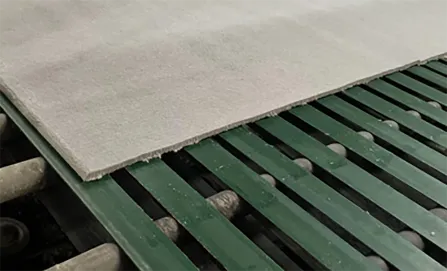9 月 . 06, 2024 22:43 Back to list
Installing Access Panel in Ceiling - Step-by-Step Guide
Installing Access Panels in Ceilings A Comprehensive Guide
Access panels are essential installations in both residential and commercial buildings. They allow for easy access to plumbing, electrical, and HVAC systems hidden within ceilings or walls. This guide aims to provide a comprehensive overview of how to install access panels in ceilings, ensuring a successful project while maintaining aesthetic appeal and functionality.
Understanding Access Panels
An access panel is a removable section of a ceiling or wall that facilitates entry to concealed systems. They come in various materials, including metal, plastic, and drywall, and can be found in different sizes to accommodate various needs. Choosing the appropriate type of access panel depends on the specific requirements of your project and the environment in which it will be installed.
Tools and Materials Needed
Before beginning the installation process, gather the necessary tools and materials. You will need
- Measuring tape - Pencil or chalk - Drywall saw or utility knife - Level - Screwdriver - Access panel (size and type as per your requirements) - Stud finder (if necessary) - Safety goggles
Step-by-Step Installation Guide
1. Choosing the Location Before cutting into the ceiling, identify where the access panel will provide the most benefit. Common locations include near light fixtures, air vents, or areas that require periodic maintenance. Ensure that the location does not interfere with beams or other structural elements.
installing access panel in ceiling

2. Measuring and Marking Measure the dimensions of the access panel and use a pencil or chalk to mark the outline on the ceiling. It is crucial to double-check measurements to ensure proper fit.
3. Cutting the Opening Using a drywall saw or utility knife, carefully cut along the marked lines. If you encounter any resistance, ensure that you are not cutting through electrical wiring or plumbing. It’s advisable to use a stud finder prior to cutting to avoid damaging existing infrastructure.
4. Installing the Access Panel Once the opening is cut, position the access panel in place. If your panel has clips or a frame, ensure they align with the edge of the opening. Secure the panel using screws according to the manufacturer’s instructions. Use a level to ensure that the panel is flush with the ceiling surface.
5. Finishing Touches After installing the access panel, check that it opens and closes smoothly. If the panel appears uneven, adjust as needed. You may also want to paint or finish the panel to match the ceiling, enhancing its aesthetic appeal.
Safety Considerations
Throughout the installation process, safety should be a priority. Always wear safety goggles to protect your eyes from debris when cutting. Additionally, if your access panel is located near electrical systems, ensure the power is turned off before cutting into the ceiling. If you feel unsure about any step, consult with a professional.
Conclusion
Installing an access panel in a ceiling can be a straightforward task with the right preparation and tools. By following this guide, you can ensure that your access panel is functional, safe, and visually appealing. Providing easy access to vital systems not only enhances convenience but also maintains the integrity and efficiency of your home's infrastructure. Whether for new construction or an existing renovation, access panels are a practical solution to facilitate maintenance and repairs with minimal disruption.
-
Revolutionizing Interior Design with Ceilings t grid Suspended SystemNewsOct.29,2024
-
Revolutionizing Ceiling Design with ceiling access panel with Gypsum Tile WaterproofNewsOct.29,2024
-
Revolutionizing Interior Design with PVC Gypsum Ceiling: A Comprehensive GuideNewsOct.29,2024
-
Elevating Interior Design with High quality Mineral Fiber Ceiling TilesNewsOct.29,2024
-
Revolutionizing Interior Design with PVC Gypsum Ceiling: A Comprehensive GuideNewsOct.29,2024
-
Elevating Interior Design with High-Quality Mineral Fiber Ceiling Tiles: A Comprehensive GuideNewsOct.29,2024







